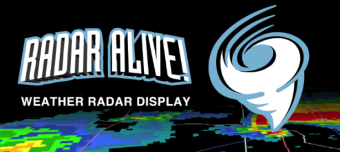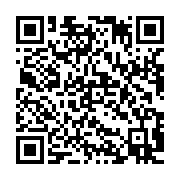 Welcome to RadarAlive! ---the Professional Android Radar App - now available at the Android Market
Welcome to RadarAlive! ---the Professional Android Radar App - now available at the Android Market
RadarAlive! brings live National Weather Service data to your phone or tablet, with a simple, flexible user interface .It is intended for the professional meteorologist, the storm chaser, and the casual user. Unlike many radar apps, RadarAlive! generates images from NEXRAD Level III binary data.
RadarAlive! features include:
- All US NEXRAD radar sites with most Level III products
- Pinch Zoom
- Animation
- Warnings displayed on map - Tornado, Severe Thunderstorm, Flash Flood
- Display of user location on the map
- Scroll and zoom of the display
- Radar selection from the map (nearest site to a long touch), or from a menu
- Efficient management of battery usage, with controls
- Cross Hairs for precision storm measurement
- Historical display of the May 3, 1999 Oklahoma tornado outbreak
Available radar products are
- Base reflectivity (rain near the ground)
- Composite reflectivity (storms from the surface up)
- Base and storm-relative velocity (winds)
- Echo Tops (cloud top height)
- Spectrum With (turbulence)
- Vertical Integrated Liquidity (amount of water in storm)
- Rain totals
RadarAlive! was created by veteran storm chaser John Moore to provide the best Android storm chase application..
The normal RadarAlive! display shows weather data overlayed on a map showing cities, states, counties and roads. A status line displays the radar site code, product name, radar mode, and image time. Buttons across the bottom allow zoom in and out, looping (animation), menu selection of the radar product, and instant centering on the user's position.
A tap on the screen brings up the range and bearing from the radar site, and from the user of the point touched. A long press provides a choice to switch to the radar site nearest the press position. A double-tap centers the display on the current radar. A sliding press moves the map.
For demonstration purposes, data may be viewed from the May 3, 1999 Oklahoma tornado outbreak.

